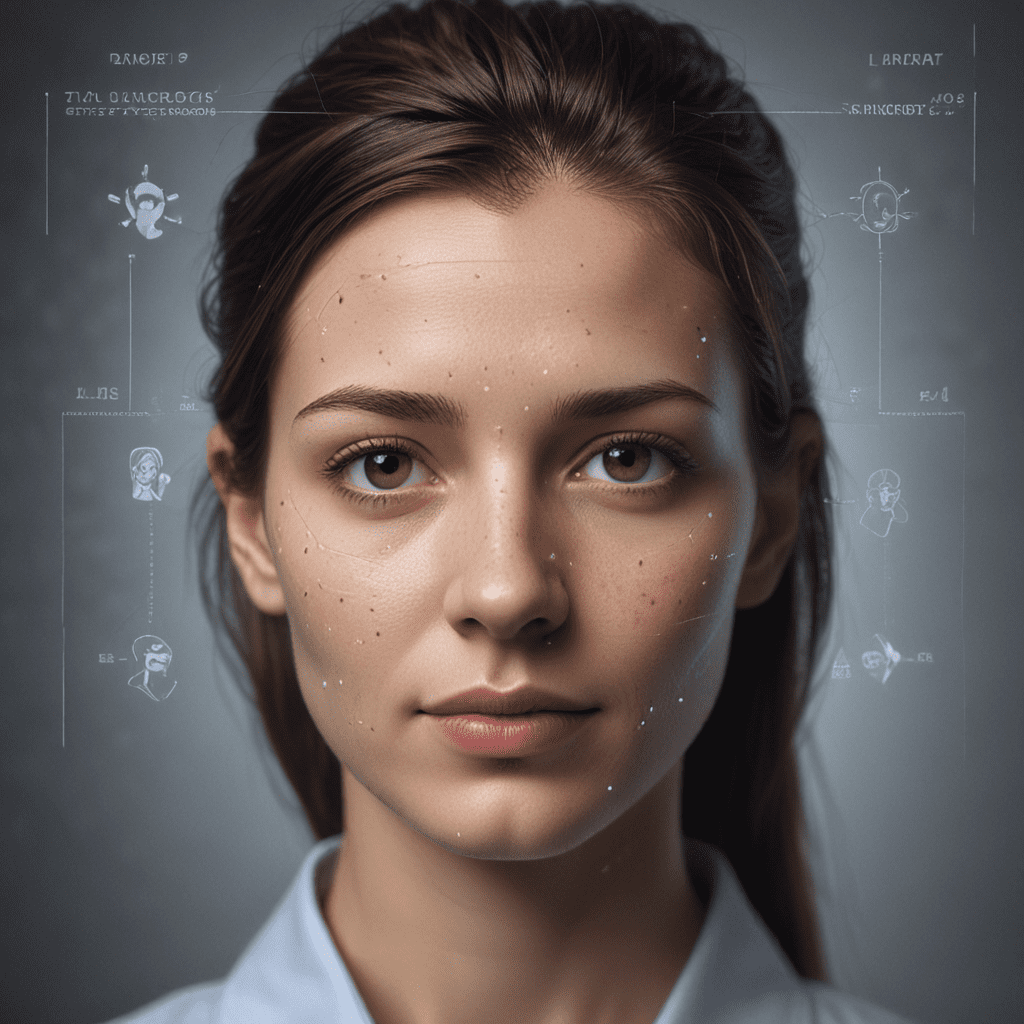Facial Recognition Technology: Empowering Users with Privacy Controls
Introduction
Facial recognition technology (FRT) has emerged as a powerful tool with vast potential applications. From unlocking smartphones to securing sensitive facilities, FRT offers a convenient and secure way to verify identities. However, alongside its benefits, concerns about privacy and data misuse have also arisen. This article delves into the benefits and risks of FRT and highlights the importance of user empowerment through robust privacy controls. By understanding the ethical guidelines and regulations governing its use, users can harness the full potential of FRT while safeguarding their privacy.
The Benefits of Facial Recognition Technology
FRT offers numerous advantages, including:
- Enhanced Security: FRT provides a highly secure method of identity verification, reducing the risk of unauthorized access or fraud.
- Convenience: FRT enables seamless and hands-free authentication, eliminating the need for passwords or physical keys.
- Efficiency: FRT can process large volumes of data quickly and accurately, making it ideal for crowd management and surveillance applications.
- Accessibility: FRT can be utilized by individuals of all ages and abilities, making it an inclusive technology.
Privacy Concerns and Risks
Despite its benefits, FRT raises concerns regarding privacy and data misuse:
- Data Collection: FRT systems collect and store facial data, which could be vulnerable to misuse or unauthorized access.
- Bias and Discrimination: FRT algorithms may exhibit biases that lead to inaccurate or unfair results, perpetuating existing societal inequalities.
- Surveillance and Tracking: FRT can be used for pervasive surveillance, potentially infringing on individual freedoms and privacy rights.
- Data Breach: Security breaches can expose sensitive facial data, leading to identity theft or other forms of cybercrime.
User Empowerment and Privacy Controls
To mitigate privacy risks, user empowerment is crucial. Robust privacy controls allow users to:
- Control Their Data: Users should have the ability to consent to the collection and use of their facial data.
- Manage Opt-In and Opt-Out: Users should have clear options to opt-in or opt-out of FRT systems.
- View and Correct Data: Users should be able to access their stored facial data and correct any inaccuracies.
- Delete Data: Users should have the right to request the deletion of their facial data when they no longer require its use.
Identity Verification and Access Control
FRT can strengthen identity verification and access control measures in various settings:
- Border Security: FRT can facilitate seamless and secure border crossings by verifying travelers' identities and expediting processing.
- Financial Institutions: FRT can enhance online banking security by verifying customer identities during transactions.
- Physical Access Control: FRT can control access to buildings, facilities, and restricted areas, preventing unauthorized entry.
- Employee Authentication: FRT can simplify employee authentication processes within organizations, improving security and convenience.
Surveillance and Data Misuse Prevention
To prevent surveillance and data misuse, FRT systems must adhere to ethical guidelines and regulations:
- Clear Purpose and Authorization: FRT systems should only be deployed for legitimate purposes and with proper authorization.
- Transparency and Accountability: Public awareness and transparency are essential to build trust and prevent abuse of FRT technology.
- Data Minimization: FRT systems should only collect and store the necessary facial data, minimizing the risk of data breaches.
- User Notification and Consent: Individuals should be notified and consent before their facial data is collected or used.
Ethical Guidelines and Regulations
Governments and industry leaders are developing ethical guidelines and regulations for FRT:
- GDPR (EU): The General Data Protection Regulation (GDPR) provides a comprehensive framework for protecting personal data, including facial data.
- NIST Privacy Framework (US): The National Institute of Standards and Technology (NIST) has developed a privacy framework that includes guidelines for FRT.
- ISO/IEC 29794-5 (International): This international standard establishes best practices for the design, deployment, and use of FRT systems.
User Consent and Transparency
Transparency and informed consent are paramount in FRT usage:
- Clear and Transparent Terms: Users should be provided with clear and understandable information about how their facial data will be collected, used, and stored.
- Voluntary and Informed Consent: Consent for FRT usage should be voluntary and based on full understanding of the privacy implications.
- Withdrawal of Consent: Users should have the right to withdraw their consent at any time, with clear instructions on how to do so.
Data Security and Protection
Robust data security measures are essential to protect facial data:
- Data Encryption: Facial data should be encrypted at rest and in transit to prevent unauthorized access.
- Privacy-Enhancing Technologies: Technologies such as differential privacy can be incorporated to protect user privacy while preserving the utility of FRT systems.
- Regular Security Audits: Regular audits and security assessments can identify vulnerabilities and ensure compliance with privacy regulations.
- Responsible Data Disposal: Facial data should be securely disposed of when it is no longer needed.
The Future of Facial Recognition Technology
FRT is rapidly evolving, with continuous advancements in accuracy and efficiency:
- AI-Powered Algorithms: Artificial intelligence (AI) is enhancing FRT algorithms, leading to improved recognition capabilities.
- Multi-Factor Authentication: FRT is increasingly being combined with other authentication methods, creating more secure and reliable systems.
- Emerging Applications: FRT is finding applications in healthcare, retail, and entertainment, among other industries.
- Legal and Ethical Considerations: As FRT technology advances, it is crucial to address legal and ethical considerations to ensure its responsible use.
FAQ
Q: Is FRT always necessary?
A: FRT should only be deployed when it is necessary and proportionate to the specific security or convenience needs.
Q: What happens if my facial data is compromised?
A: If your facial data is compromised, you should contact the relevant authorities and the organization that collected your data.
Q: Can I refuse to have my facial data collected?
A: In many jurisdictions, you have the right to refuse to have your facial data collected. However, in certain circumstances, such as security or law enforcement, FRT usage may be required.


